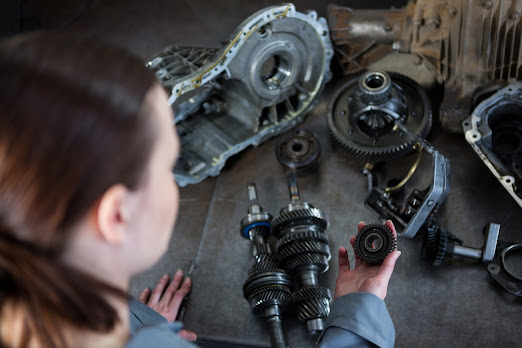A Comprehensive Guide to Understanding the Small Brushless DC Motor and its Functionality
If you're curious about small brushless DC motors and how they work, you've come to the right place. These compact and efficient motors have gained popularity in various applications. In this comprehensive guide, we'll discuss the workings of small brushless DC motors, their advantages, and their common uses.
What is a Small Brushless DC Motor?
A small brushless DC motor, also known as a BLDC motor, is an electric motor that operates using direct current (DC).
Unlike traditional brushed motors that rely on brushes and commutators for electrical connections, BLDC motors feature an electronic commutation system. This design eliminates the need for brushes, improving performance, efficiency, and longevity.
Understanding the Functionality
Stator and Rotor: A small brushless DC motor consists of two main components: a stator and a rotor. The stator contains the stationary coils, which generate a magnetic field. The rotor, on the other hand, holds the permanent magnets and rotates within the stator.
Electronic Commutation: Brushless DC motors use electronic commutation to switch the current flow to the coils. This is achieved through sensors that detect the position of the rotor magnets. The electronic controller then determines the optimal timing and sequence of the current pulses to energize the stator coils accordingly.
Hall Effect Sensors: Hall effect sensors are commonly used in small brushless DC motors to detect the rotor position. These sensors measure the magnetic field and provide feedback to the electronic controller. This information enables the controller to precisely control the commutation, resulting in smooth and efficient motor operation.
Related Links:
- https://www.biztobiz.org/manufacturing/isl-products-international-ltd-428807
- https://www.trysmallbiz.com/new-york/professional-services/isl-products-international-ltd
- https://www.d2o-global.com/isl-products-international-ltd
- https://bizbookusa.com/listing/isl-products-international-your-source-for-high-quality-electronic-components/
- https://connect.releasewire.com/company/isl-products-international-ltd-329481.htm
Advantages of Small Brushless DC Motors
Small brushless DC motors offer several advantages over their brushed counterparts, making them an attractive choice for many applications:
High Efficiency
Due to the absence of brushes, brushless DC motors experience minimal friction and wear, leading to higher efficiency. They can convert electrical energy into mechanical energy with less energy loss.
Compact Size
A brushless DC motor is designed to be compact and lightweight, making it suitable for applications with limited space. Their compact size also allows for easy integration into various devices and systems.
Enhanced Durability
Without brushes that wear down over time, brushless DC motors have a longer lifespan and require less maintenance.
Common Uses of Small Brushless DC Motors
Small brushless DC motors are used in various consumer electronic devices, from smartphones to drones. These motors play a crucial role in robotics and automation.
They power robot joints, actuate grippers, and enable precise movements in industrial machinery. Other applications include dental tools, medical tools, HVAC systems and printers.
By understanding the functionality and advantages of BLDC motors, you can appreciate their significance in modern technology. Are you looking for a high-quality brushless DC motor? Contact ISL to request a quote today.

.jpg)


Comments
Post a Comment